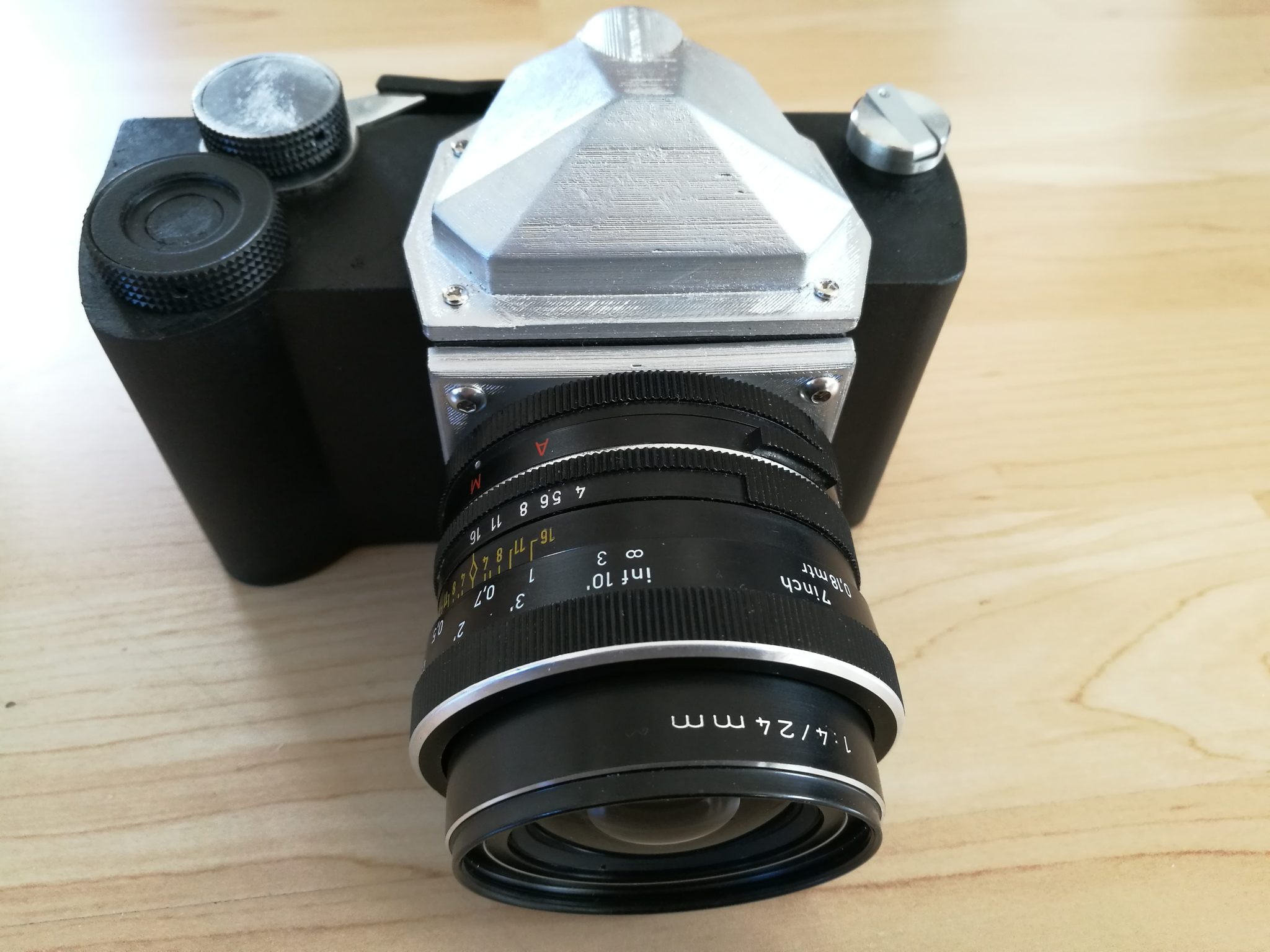Last Updated on 12/28/2017 by Mark Beckenbach
The world is about to get the first digital and film camera hybrid.
“We signed an agreement with SONY for their full frame and APS-C sensors,” is what Raffaello Palandri tells me about the progress of his project. You see, Raf is in the process of releasing some very groundbreaking technology. Years ago, we were able to create cameras that could take film backs and digital backs–but only in medium format. Indeed, one could shoot with their Contax 645, Mamiya 645D, or Mamiya RZ67, using film camera backs, and then switch out to medium format digital whenever they wished. But now that technology is trickling down the line into full frame and APS-C cameras. Raf is the Director behind a project from R&T Global Services Ltd. that is trying to put together what they’re calling a Multiback camera.
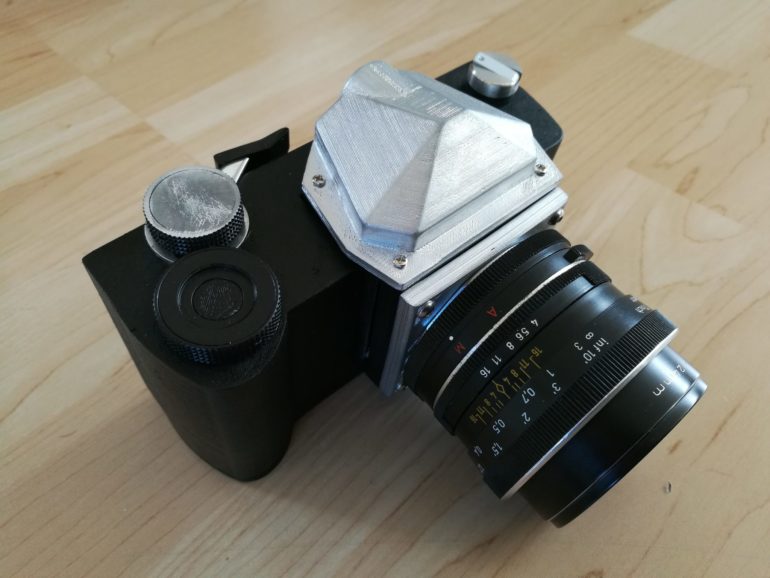
The project has been underway for a very long time but I only heard about it earlier this year. Throughout the year, I’ve checked in with Raffaello. The entire project was moved to Nuremberg, Germany. There, they are working on finishing the Multiback camera. “We are improving the design as we are accommodating two different screens on the digital backs,” says Raf. “The basic should be a 5″ while the best should be a 7″ touch screen. This obviously is making us rethink about the design of the backs.” In addition to this, they’re also experimenting with the idea of an Instax back. Personally, I think a camera that could go from Instax, to 35mm film and then to digital all within a few changes is a dream.
This camera is an SLR–which is and always has been the traditional medium for work like this. However, Raf tells us they’re also prototyping a rangefinder. Further, a 120 back is also being developed, due out in 2019. This sounds a bit too good to be true; but, when you think about a camera like the Mamiya Press Universal, you’ll know something like this is quite possible. That camera used a rangefinder and was able to take 6×6, Instant, 645, and 6×7 film backs. How would all this be possible? Well, the PONF camera is being tested with the use of adapters which allow a variety of different lenses to be used. The rangefinder (actually being tested with an M39 mount) is a typical one, being a coupled rangefinder. This model is also due on the market on mid 2019.
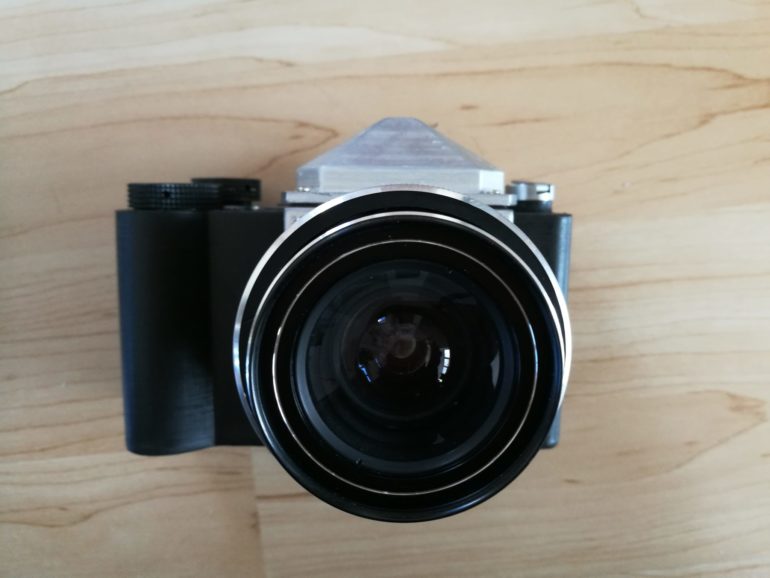
More than anything else, R&T Global Services tells us they’re trying to communicate cooperation vs competition–especially in the world of film photography. “We want to foster [the] film photography industry (and also all the related comparts), and we aim at creating a new business model, where smaller projects grow together to settle up their markets,” Raf says. “In this way, more successful projects will arrive on the market and we could say that we actually helped revival of film.”
The company hopes the reflex camera model, depending on a series of factors, should be on the market mid 2018. In order to ensure that the project continues, sales will be made directly via their website. The cameras are all hand assembled to ensure that photographers get to choose their accessories and finishes. But there’s no word on pricing yet. Raf tells us it will be “competitive” and dependant on the model you’re going for, such as APS-C, full frame, bare metal, or a plastic covered body.
Tech Specs for the PONF Camera
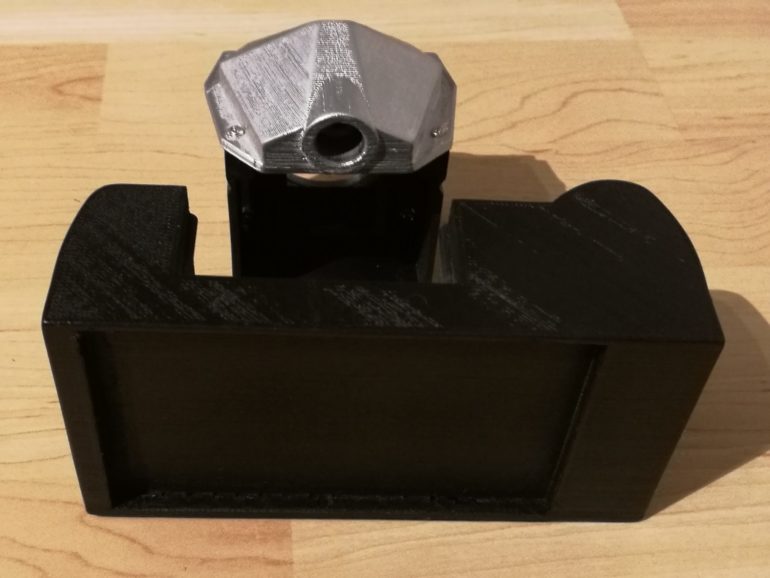
All tech specs taken from PONF Camera.
Camera Body
Type Single-lens reflex
Lens Mount Natively: M42 – Other mounts available through adapters
Body finish: Chosen by the user
Bare dimensions (approximate)
Body – LxHxW (cm): 6x6x3.8 – with no pentaprism
Backs – LxHxW (cm): 14x8x3 – maximum
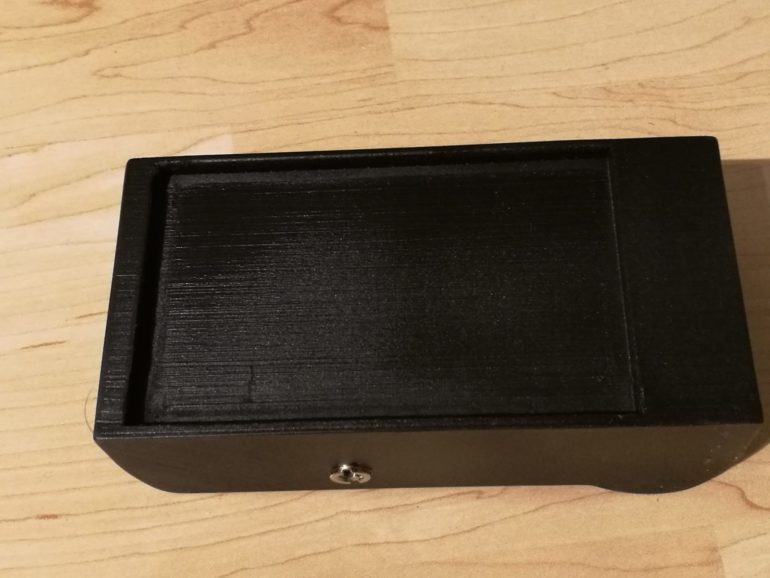
Digital Back
Sensors: Sony CMOS image sensors, full-frame / APS-C
Pixel count: Full-frame: 36.4 MP / 24.3 MP; APS-C: 24.3 MP
Board: Raspberry PI Compute Module
Operating System: Linux Embedded
Display: 5′ TFT resistive touch display (10×8 cm), 4:3 aspect ratio
Film Back
Film type: 135 film ( 36×24 mm )
Format: Cartridges


